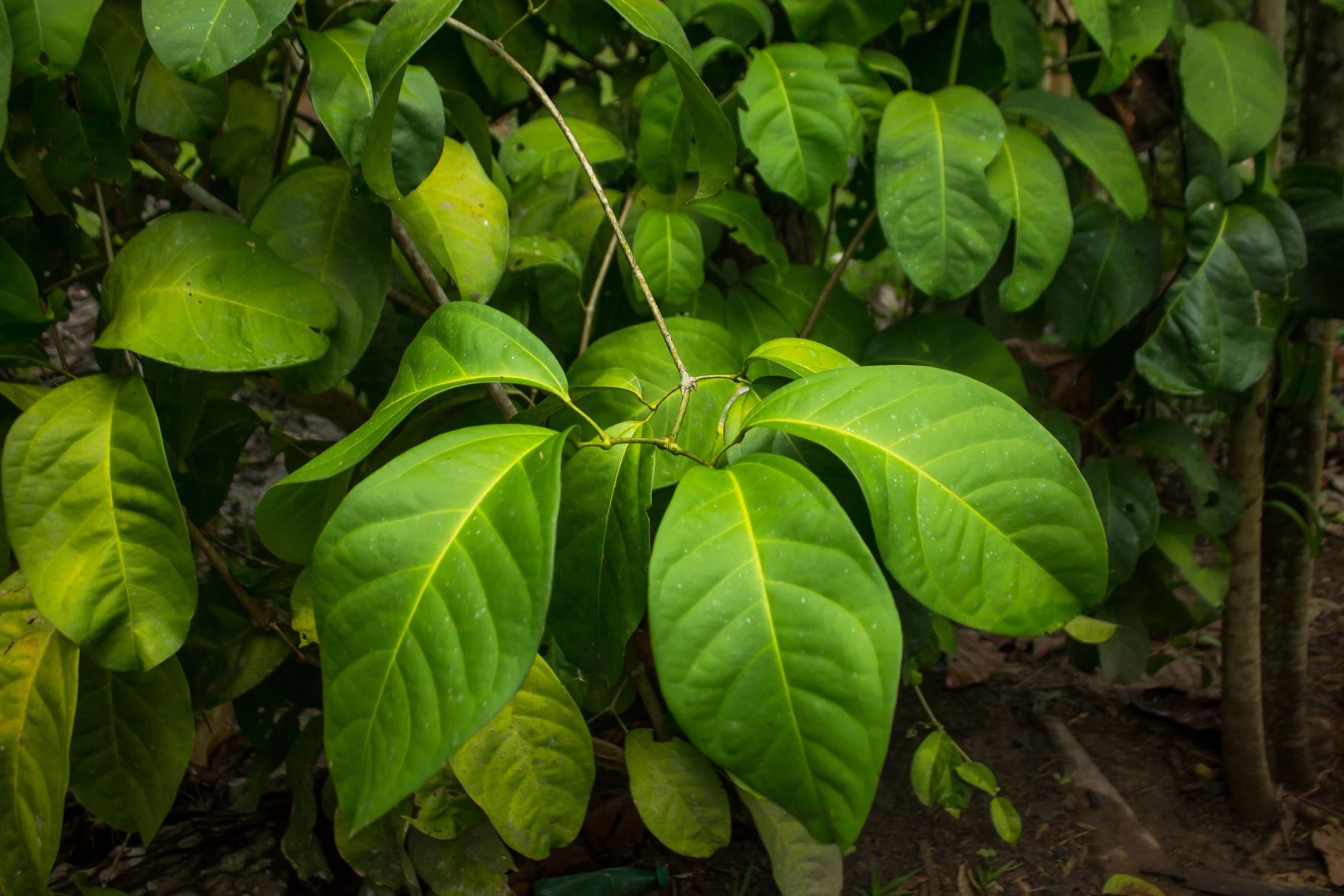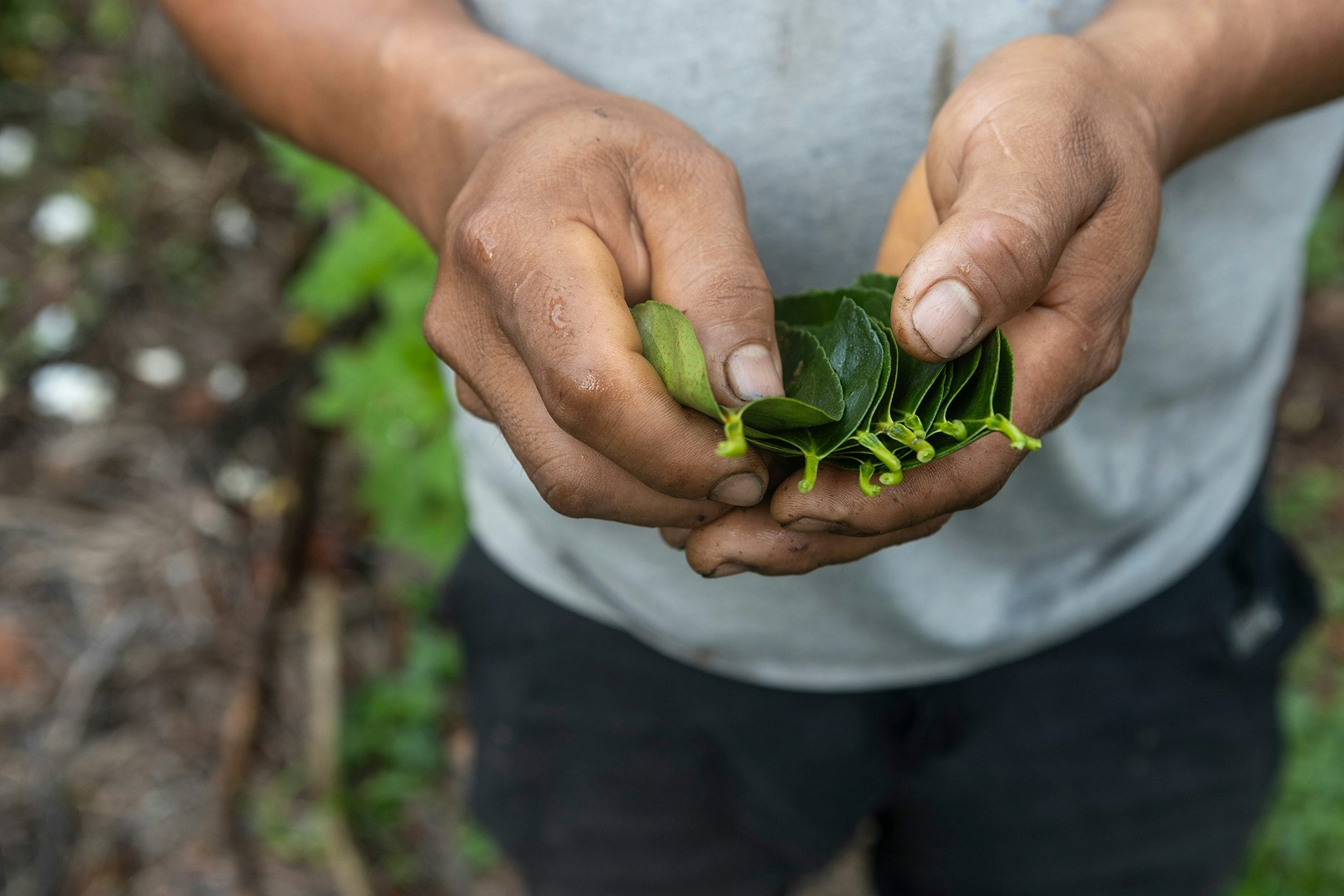By
The Peruvian Amazon has at least 980 identified species of medicinal plants, which makes it an immense reservoir of active principles and knowledge with potential to treat current and future diseases. For centuries, the indigenous peoples of the Amazon have learned to use, transform, and lived in harmony with them. They learned from what bushes, trees, palm trees and fruits, had to teach them, and incorporated them into their stories, traditions and cultural practices.

Each plant has its own history and rituals of how and when it should be harvested and used. Their properties have been - and continue to be - applied for centuries to cure a variety of diseases. Just like in Western medicine, their use is conditioned to comply with certain guidelines. As Rafael Chanchari, Shawi elder and teacher of the Bilingual Intercultural Teacher Training Program of the Peruvian Amazon (FORMABIAP) says, "It is the same as in Western medicine, when the doctor prescribes and gives you a whole schedule, how to use it. If you comply with this, you will be healed, but if you do not comply you will not. The same with medicinal plants, we know and give advice, we explain how it has to be used.
Through their contact with the cities, the Amazonian indigenous peoples have also learned to incorporate Western medicine practices. Although pharmaceuticals have come to replace the use of medicinal plants in many communities, contexts such as the COVID-19 pandemic brought about their revaluation. Plants such as matico (Piper aduncum) and ajo sacha (Mansoa alliacea - a type of wild garlic) were broadly used to combat the disease as a complement to drugs.
In this coexistence, these peoples also learned to recognize the limitations or conditions for which they can use each of them. For Tony López, Shipibo maestro, this understanding is important, "when you take medicines and you don't get better and you continue the same or you continue to get worse, that means that it is not with medicines, but with plants [and in the same way]; if there is no improvement, medicines".

However, the knowledge that indigenous peoples developed about plants is not limited only to their specific properties and their ability to respond to problems affecting physical health. The knowledge they attained about the complexity of the plant world medicine transcends the body to enter into contact with the spiritual world. The link they have with plants is not a simple relationship of subject-object of use, but it also has a social character.
To access the healing power and knowledge of each plant it is necessary to connect with its vital force and establish a relationship of respect and reciprocity. This relationship implies a series of rituals, cautions and specific behavioral and dietary restrictions that are commonly known under the name of "diet". Diet takes on a central meaning by allowing them to meet the less tangible aspect of this world.
As Tony Lopez explains, diet is an important means of gaining knowledge, "Every person goes on a diet to learn something. To have energy, strength, knowledge and power, I have to diet to learn from the plants. Through diet we discover many plants that are medicinal, edible. Thanks to our ancestors we are in this line of life. This millenary knowledge".

Through long and strict diets, the maestros deepen and broaden their connection with each plant and achieve greater power. For patients, the diet prepares the body and mind to receive the healing power of the treatment. Diets are a fundamental part of the healing process and not complying with their restrictions can cause the plant to produce unwanted effects.
In the plant medicine world, ayahuasca (Banisteriopsis caapi) is one of the most significant for its power and capacity to transmit knowledge. This plant, along with chacruna (Psychotria viridis), has been used for centuries by the Shipibo people both to heal and to be healed. In the words of maestro Tony, "we do not cure, it is the ayahuasca that cures. We simply see and hear because we have taken ayahuasca. It gives you vision, you can see your future, your past, your present, your environment, your family".
The richness of all this knowledge has been spreading all over the world. Today it is possible to find indigenous medicines or ritual practices in cities far from the Amazon, and performed by people of diverse origins. However, an issue that should be taken into notice is the respect that the knowledge of indigenous peoples should receive. Many times, how they use plants has given indications of its pharmacological properties, which has led to the development of medicines without them receiving credit for it. Respecting their knowledge means recognizing its origin and affirming the immense value of these cultures.


